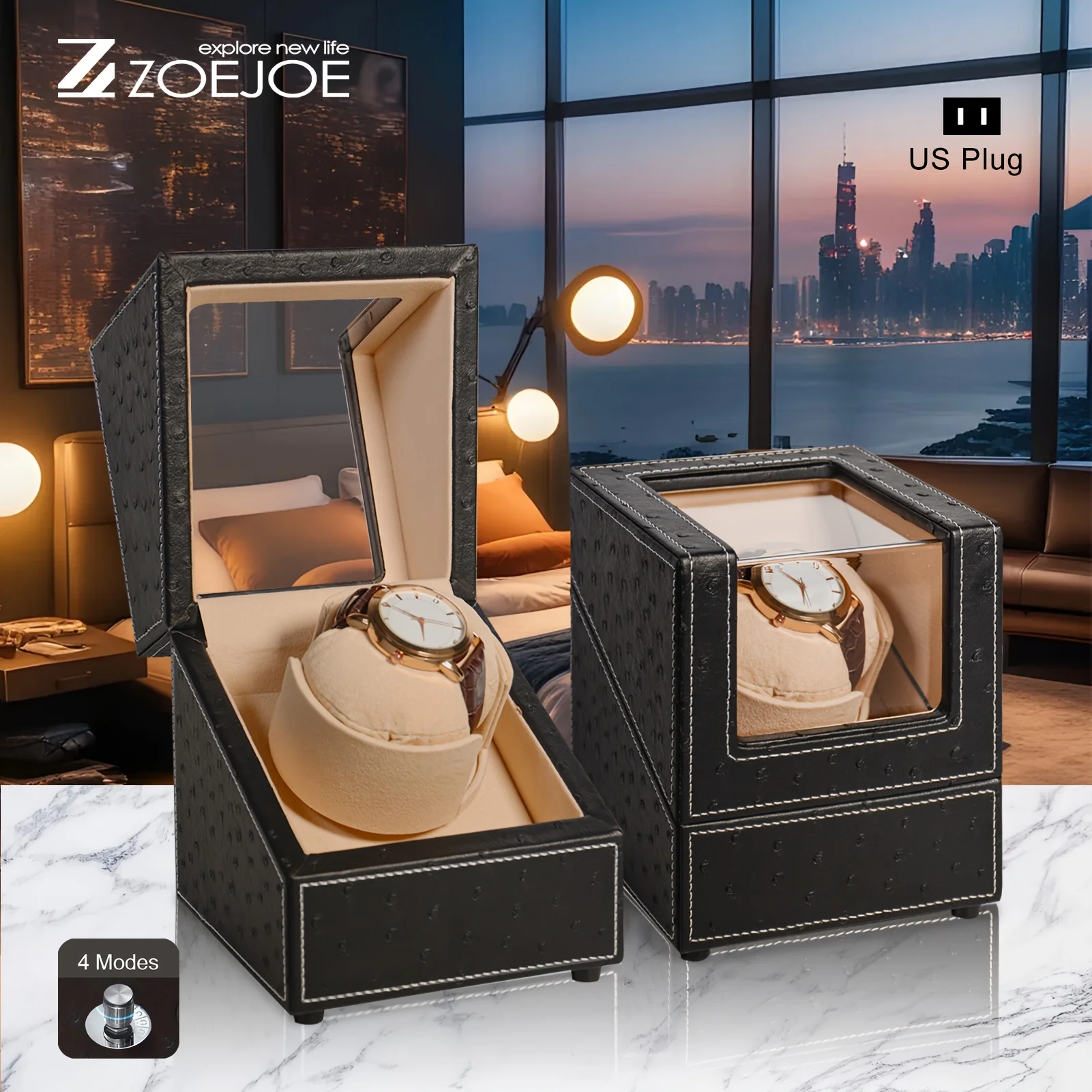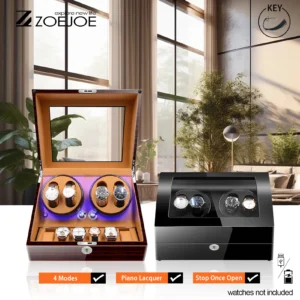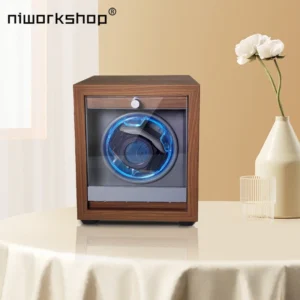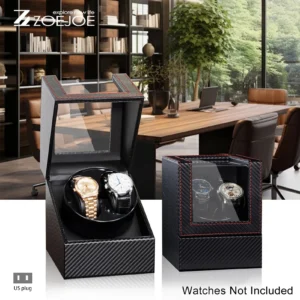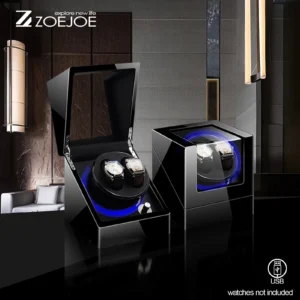Introduction
Automatic watches are marvels of engineering that rely on natural movement to keep ticking. When not worn, these timepieces need proper winding to maintain accurate timekeeping and overall health. This is where Turns Per Day (TPD) becomes critical – it represents the number of rotations a watch winder performs in 24 hours to keep your automatic watch properly wound.
Setting the correct TPD on your watch winder isn’t just about convenience; it directly impacts your watch’s performance and longevity. Improper TPD settings can lead to poor timekeeping from under-winding or cause excessive wear on internal components. Each watch has specific requirements based on its unique movement design.
While many watches operate between 650-850 TPD, specific models may require anywhere from 500 to 1,800 rotations per day. Equally important is the winding direction – clockwise, counterclockwise, or bi-directional – which varies by brand and movement.
This comprehensive guide provides the most detailed TPD database currently available, helping you protect your investment through proper care. Whether you’re setting up a new watch winder or ensuring your current settings are correct, proper watch collection storage planning becomes much easier with accurate TPD information. For those wanting to dive deeper into the technical aspects, our guide on understanding TPD watch winders offers additional insights.
Comprehensive Watch TPD & Winding Direction Database
This database serves as your definitive reference for setting up your watch winder correctly. You can search or filter by brand, model, or movement to find the exact TPD requirements and winding direction for your timepiece. We’ve compiled this information from manufacturer specifications, expert watchmaker recommendations, and verified owner experiences.
The table below provides TPD requirements and winding direction for major watch brands and models. For each entry, you’ll find:
- Watch Brand
- Model/Collection
- Movement/Caliber (where applicable)
- TPD Requirements
- Winding Direction: CW (Clockwise), CCW (Counter-Clockwise), or BI (Bi-directional)
- Special Notes (for watches with unique requirements)
We continuously update this database as new information becomes available. If you don’t see your specific model listed, refer to the troubleshooting section below for general guidelines based on movement type.
For those looking to upgrade their current setup, our collection of automatic watch winders offers models with adjustable TPD settings suitable for various requirements.
Understanding Turns Per Day (TPD) & Winding Dynamics
The concept of TPD lies at the heart of automatic watch maintenance. When an automatic watch is worn, the natural movements of your wrist activate the rotor (a weighted component that spins), which winds the mainspring. This stored energy powers the watch, with different designs requiring different amounts of winding activity to maintain optimal power reserve.
Watch winders simulate this natural movement when the watch isn’t being worn. The number of rotations needed varies based on several factors:
- Movement design and efficiency
- Mainspring size and characteristics
- Power reserve duration
- Rotor construction (full rotor vs. micro-rotor)
- Age and condition of the movement
Many modern movements have evolved to be more efficient, requiring fewer turns to maintain power. In contrast, some complex or traditional movements need more frequent rotation. Understanding these dynamics helps explain why TPD requirements vary so significantly across different watch brands and models.
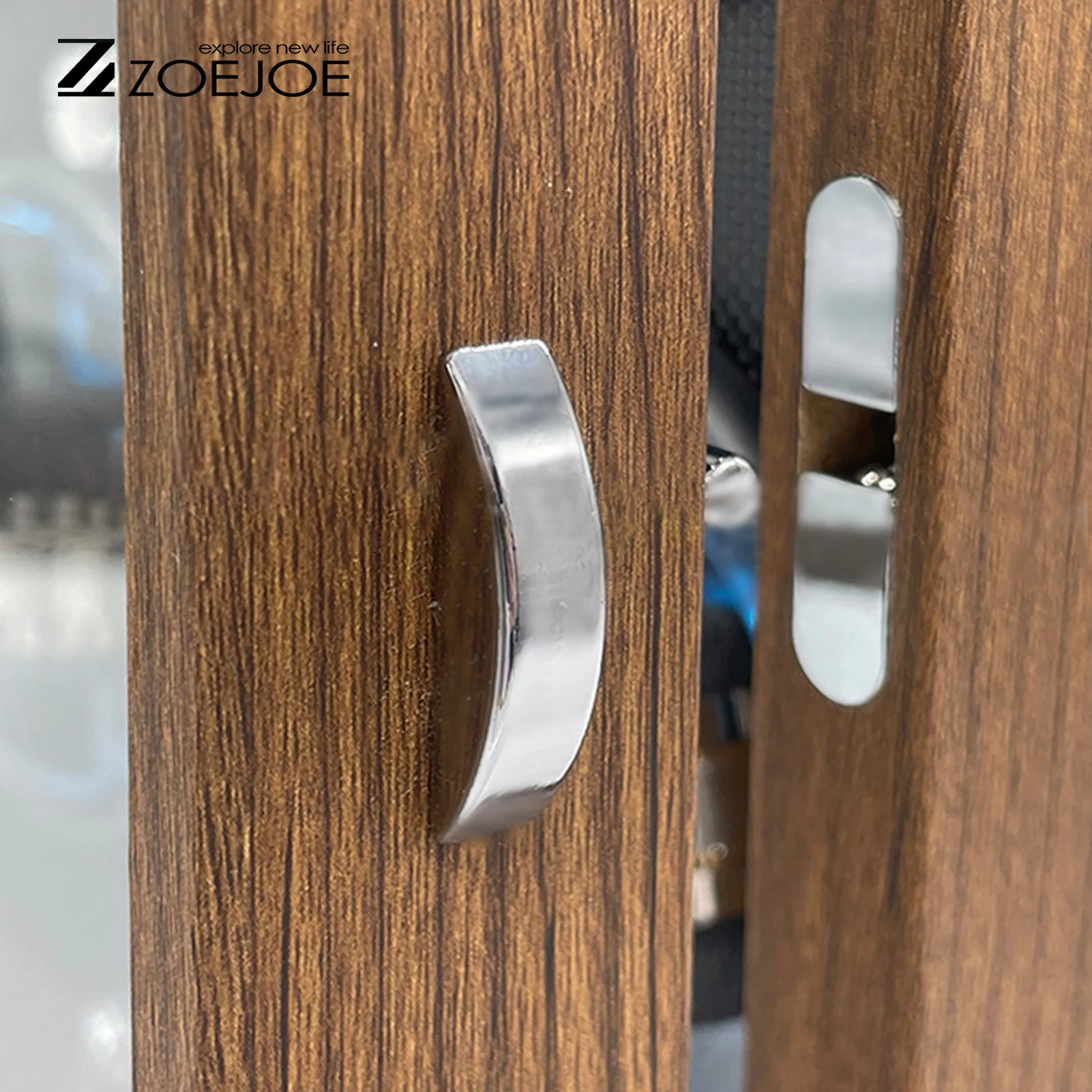
What is TPD? Why is it Crucial?
TPD (Turns Per Day) refers to the number of complete rotations a watch winder makes in a 24-hour period. This measurement directly corresponds to how an automatic watch would be wound through normal wearing activity. A proper TPD setting ensures your watch maintains enough power to keep accurate time without causing unnecessary wear.
Automatic watches contain a mechanism that converts physical movement into stored energy. When worn, the natural motion of your arm causes a weighted rotor inside the watch to spin, which winds the mainspring. A watch winder’s job is to replicate this movement when the watch isn’t on your wrist.
The consequences of incorrect TPD settings include:
- Too few rotations: The watch may not maintain enough power, leading to inaccurate timekeeping or stopping altogether. Insufficient power can cause a watch to lose 10-20 seconds per day.
- Unnecessarily high TPD: While modern watches have protection against over-winding, excessive rotation creates needless wear on components.
The relationship between power reserve and TPD is important to understand. A watch with a 40-hour power reserve typically requires different TPD settings than one with a 72-hour reserve. Longer power reserves often need fewer daily rotations to stay fully wound.
For watch enthusiasts managing multiple timepieces, exploring different watch winders with adjustable TPD settings is essential for proper maintenance.
Demystifying Winding Direction
The direction in which a watch winds is just as important as the TPD setting. There are three possible winding configurations:
- Clockwise (CW): The rotor only winds the mainspring when rotating clockwise
- Counter-Clockwise (CCW): The rotor only winds when rotating counter-clockwise
- Bi-directional (BI): The rotor winds the mainspring regardless of rotation direction
The winding direction is determined by the movement’s design. Most modern watches use bi-directional winding mechanisms for efficiency, but many models—particularly those with certain Swiss and Japanese movements—still use unidirectional systems.
You can often identify your watch’s winding direction by observing the rotor movement through a transparent caseback. If uncertain, bi-directional winding is generally a safe starting point, though it may be less efficient for unidirectional watches.
Some movement types commonly associated with specific winding directions include:
- ETA 2824 movements: Typically bi-directional
- Rolex Caliber 3135: Typically bi-directional
- Seiko 7S26: Typically bi-directional
- Many vintage movements: Often unidirectional
Proper luxury watch winders provide options for all three winding directions, allowing precise settings for each specific watch.
Why TPD and Direction Vary Across Brands and Movements
The significant variation in TPD requirements across different brands and movements stems from fundamental design differences:
Rotor Design: Full-sized rotors (covering most of the movement) typically generate more winding efficiency than micro-rotors (smaller, off-center designs). This means watches with micro-rotors often need higher TPD settings to achieve the same winding effect.
Movement Architecture: Different gear ratios, jewel counts, and overall movement construction affect winding efficiency. For instance, high-jewel count movements often have less friction and may require fewer turns to maintain power.
Mainspring Characteristics: The size, material, and design of the mainspring directly influence TPD requirements. Longer, thinner mainsprings generally need different winding patterns than shorter, thicker ones.
Brand Engineering Philosophy: Some manufacturers prioritize power reserve efficiency, while others focus on precision or durability, leading to different optimal winding patterns.
A watch’s age and service history also affect ideal TPD settings. Older watches or those needing service might benefit from slightly different settings than factory-fresh examples of the same model.
Understanding these variations helps explain why proper organizing watch collection strategies should account for different winding requirements.
How to Correctly Set Your Watch Winder
Setting up your watch winder with the correct TPD and direction settings ensures your timepieces remain properly wound without unnecessary wear. The process involves several key steps:
- Identify your watch’s specific requirements using the TPD database above
- Locate the adjustment controls on your watch winder (typically dials, buttons, or switches)
- Set the TPD value as close as possible to the recommended number
- Select the correct winding direction (CW, CCW, or BI)
- Position the watch properly in the winder cup or holder
- Monitor your watch’s timekeeping for the first few days to confirm proper winding
When setting TPD, choose the closest available setting on your winder. For example, if your watch requires 750 TPD but your winder offers 650 or 800, choose the setting that’s closest (800 in this case).
Signs that your winder settings may need adjustment include:
– Watch stopping or losing significant time overnight
– Power reserve depleting faster than expected
– Watch running consistently fast or slow
For individual timepieces, single watch winders with precise TPD adjustment capabilities provide the most tailored solution.
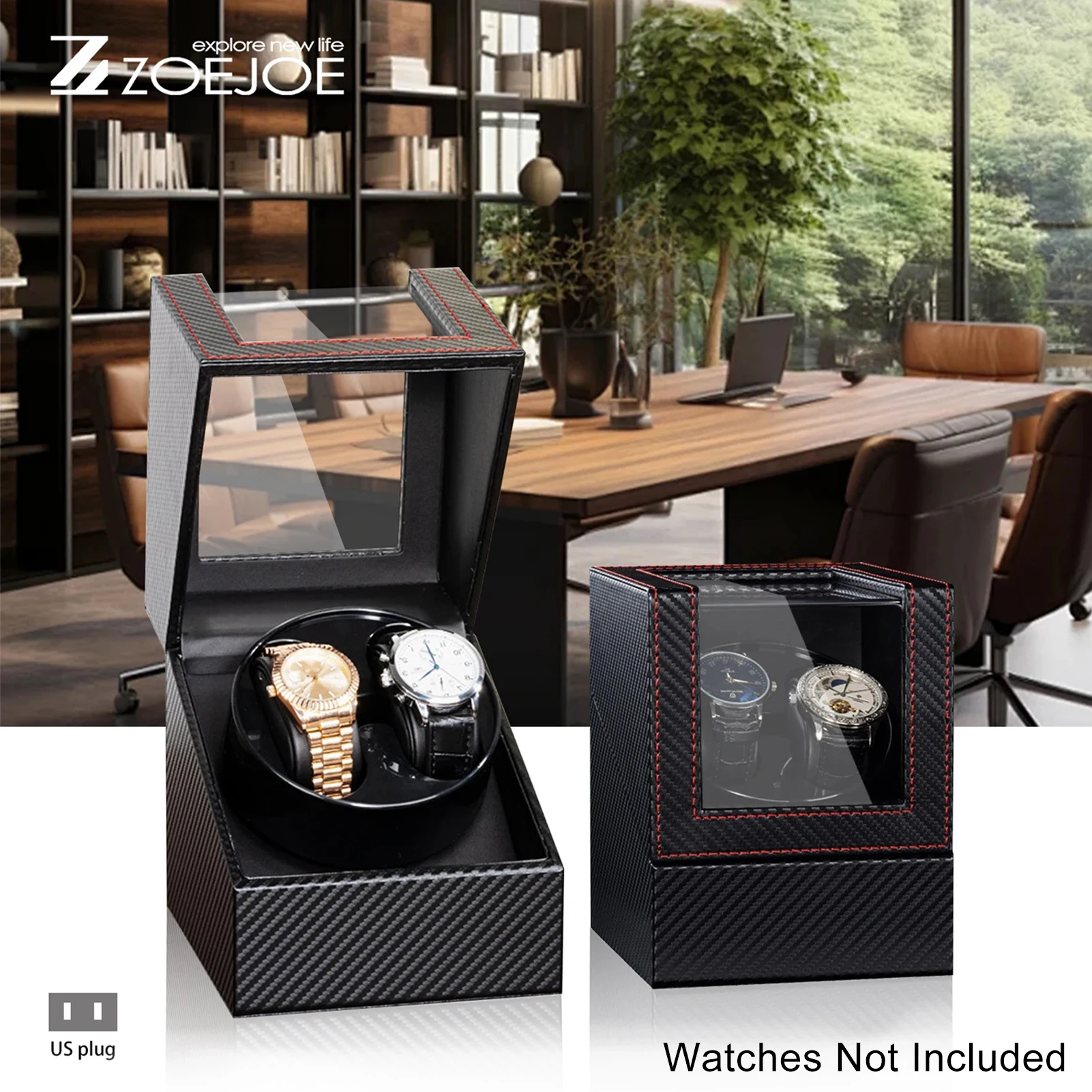
Step-by-Step Guide to Using This TPD Database
Follow these steps to find and apply the correct settings for your specific watch:
Identify your watch details:
– Brand name (e.g., Rolex, Omega, Seiko)
– Model or collection name (e.g., Submariner, Speedmaster, Presage)
– Caliber number if known (often found on the movement or in documentation)Search the database:
– Locate your watch brand in the alphabetical listing
– Find your specific model or collection
– Note both the TPD requirement and winding directionApply the settings to your winder:
– Access your winder’s control panel or adjustment mechanism
– Set the TPD to match (or closest to) the recommended value
– Set the direction to match the recommended settingVerify proper operation:
– Ensure the watch is securely positioned in the winder
– Confirm the winder is actually rotating at the expected frequency
– Check that the watch maintains accurate time over several days
If you’re unsure about your watch’s caliber, check the documentation that came with your watch or look for the caliber number on the movement itself (may require opening the caseback).
What If Your Watch Model Isn’t Listed? (Troubleshooting)
If your specific watch isn’t included in our database, don’t worry. Here are reliable approaches to determine the right settings:
Consult the manufacturer: Contact the watch brand’s customer service or check their website for technical specifications.
Use these general guidelines by movement type:
– Most modern Swiss movements: 650-800 TPD, bi-directional
– Most Rolex movements: 650 TPD, bi-directional
– Most Omega movements: 650-800 TPD, bi-directional
– Most Seiko automatic movements: 600-800 TPD, bi-directional
– Most ETA movements: 650-750 TPD, bi-directional
– Most vintage movements: 500-600 TPD, check direction specifically
Start conservative and adjust: Begin with 650-800 TPD in bi-directional mode as a safe starting point for most modern watches. Monitor your watch’s accuracy and power reserve over several days.
Testing method: If your watch has a known power reserve (e.g., 40 hours), fully wind it manually, place it on the winder at a specific TPD setting, then remove it after 24 hours. If it runs for approximately the remaining power reserve (e.g., 16 hours), your TPD setting is likely correct.
Additional resources for identifying movement types and manufacturers can be found in our guide to quiet watch winders which includes information about adjustable TPD features.
Best Practices for Watch Winder Usage
To maximize the benefits of your watch winder while protecting your timepieces:
Initial setup:
– Manually wind your watch fully before placing it in the winder
– Ensure the watch is securely fastened without overtightening
– Position the watch with the crown facing upward for most models
Environmental considerations:
– Place the winder away from direct sunlight to prevent fading
– Avoid locations with temperature extremes or high humidity
– Keep away from strong magnetic fields (speakers, some electronics)
– Choose a vibration-free location
Usage patterns:
– For frequently worn watches (several times weekly): Use the winder continuously
– For occasionally worn watches (monthly): Consider winding manually instead
– For collection rotation: Use winder for next 2-3 watches in rotation
Watch-specific considerations:
– Watches with leather straps should be positioned to minimize strap stress
– Vintage watches may benefit from occasional rest periods off the winder
– Newly serviced watches may need different settings than specified in manuals
Common Questions & Concerns About Watch Winders
Watch collectors often have important questions about the proper use of watch winders and their potential impact on valuable timepieces. Here we address the most common concerns with evidence-based responses.

Can My Automatic Watch Be Over-Wound by a Winder?
Modern automatic watches cannot be over-wound by a watch winder. This is because they incorporate a slipping clutch or similar mechanism that disengages the winding system once the mainspring is fully wound. This protection has been standard in most automatic watches since the 1960s.
When the mainspring reaches full tension, the slipping mechanism allows the rotor to continue turning without adding additional tension to the mainspring. This ingenious design prevents damage to the movement and is one of the key innovations that made automatic watches practical for everyday use.
The only exceptions are some vintage watches (typically pre-1960s) that lack this protective feature. If you own such a timepiece, consult with a specialized watchmaker for specific winding recommendations.
Will Winding in the Wrong Direction Damage My Watch?
Using the wrong winding direction will not damage your watch. If a watch is designed to wind in one specific direction and you set the winder to rotate in the opposite direction, the watch simply won’t wind efficiently – no harm will occur to the movement.
Unidirectional winding mechanisms include a series of gears and pawls that engage only when the rotor turns in the designed direction. When rotating in the non-winding direction, these components simply slide past each other without engaging the mainspring.
You can test your watch’s winding direction by gently rotating it in your hands – in one direction, you might feel slightly more resistance, indicating the winding direction. When in doubt, the bi-directional setting provides the safest option, though it may be less efficient for watches with unidirectional winding systems.
For more detailed guidance on watch storage solutions that accommodate different winding needs, explore our collection of watch storage ideas for collectors.
How Often Should I Use a Watch Winder?
The ideal frequency for using a watch winder depends primarily on your wearing habits:
For frequently worn watches (several times weekly): Continuous use of a winder maintains accurate timekeeping and ensures the watch is ready whenever you want to wear it.
For occasionally worn watches (monthly): A watch winder helps keep lubricants distributed throughout the movement, which can prevent them from drying out or collecting in certain areas.
For rarely worn pieces (less than monthly): Many experts suggest manual winding rather than continuous winder use. Wind the watch fully, wear it for a day to distribute lubricants, then allow it to wind down naturally before storage.
From a maintenance perspective, keeping watches wound helps circulate lubricants throughout the movement, which can extend the time between service intervals. However, this doesn’t eliminate the need for regular servicing every 3-7 years, depending on the watch.
What is the Most Common TPD Range?
Approximately 70% of automatic watches operate optimally between 650-850 TPD. This “middle ground” range works well for many watches because:
- Most Swiss movements from manufacturers like ETA typically fall within this range
- Japanese movements from Seiko and Miyota often operate efficiently in this zone
- It provides sufficient winding without excessive rotation
Exceptions that typically require higher TPD settings include:
– High-beat movements (36,000 vibrations per hour)
– Some complex complications like perpetual calendars
– Certain vintage movements with different winding systems
Exceptions that often require lower TPD settings include:
– Watches with extremely efficient winding systems
– Some modern movements designed for power conservation
– Certain watches with very long power reserves (over 70 hours)
For comprehensive guidance on storing your entire collection, including pieces with different TPD requirements, our guide on luxury watch storage setup provides valuable insights.
Beyond TPD: Additional Watch Care Considerations
While proper TPD settings are crucial, comprehensive watch care extends beyond winder settings. Consider these additional factors to protect your timepiece investment:
Service intervals and maintenance:
– Most automatic watches benefit from professional servicing every 3-5 years
– Signs that service may be needed: decreased accuracy, power reserve reduction, unusual sounds
– New watches generally don’t need service for 5+ years unless performance issues arise
Optimal storage conditions:
– Ideal environment: 40-60% humidity and 65-75°F (18-24°C)
– Avoid direct sunlight to prevent dial fading
– Keep away from bathroom humidity and kitchen temperature fluctuations
Magnetism protection:
– Keep watches away from speakers, magnetic clasps, and some electronic devices
– Signs of magnetization include sudden significant timing deviations
– Demagnetization is a simple procedure at most watch service centers
Regular monitoring:
– Even with proper winder settings, check your watches periodically
– Note any changes in accuracy, power reserve, or performance
– Rotate watch position occasionally if stored for extended periods
Understanding the differences between various storage options can help you make informed decisions about protecting your collection. Our guide on comparing types of watch storage explores the advantages of different solutions, from winders to display cases.
Automatic Watch Winder, Luxury Watch Winder, Single Watch Box
$307.39 Select options This product has multiple variants. The options may be chosen on the product page4 Watch Winder, 6 Watch Box, Automatic Watch Winder
$512.31 Select options This product has multiple variants. The options may be chosen on the product pageAutomatic Watch Winder, Single Watch Winder, Wooden Watch Holder
$201.76 Select options This product has multiple variants. The options may be chosen on the product pageAutomatic Watch Winder, Leather Watch Travel Case, Single Watch Winder
$146.30 Select options This product has multiple variants. The options may be chosen on the product pageAutomatic Watch Winder, Double Watch Winder, Leather Watch Boxes
$147.60 Select options This product has multiple variants. The options may be chosen on the product pageAutomatic Watch Winder, Double Watch Winder
$206.18 Select options This product has multiple variants. The options may be chosen on the product page
Important Disclaimer and Data Accuracy
The database and recommendations provided in this guide have been compiled from multiple sources, including manufacturer documentation, professional watchmaker consultations, and verified owner reports. While we strive for complete accuracy, specific requirements may vary slightly based on production years, movement variations, and other factors.
We regularly review and update this information to ensure its accuracy, but we strongly recommend consulting your watch’s official documentation when available. Manufacturer specifications should always take precedence over general guidelines.
It’s worth noting that some watch models use different movements across production years, which may affect optimal TPD settings. When in doubt, refer to your watch’s specific caliber number rather than just the model name.
This guide represents our best effort to provide accurate information based on available resources. If you notice any discrepancies or have additional information to contribute, we welcome your input to help us maintain the most comprehensive TPD database available.
Daily Accents is committed to providing watch enthusiasts with reliable, accurate information to protect and maintain their valuable timepieces.

